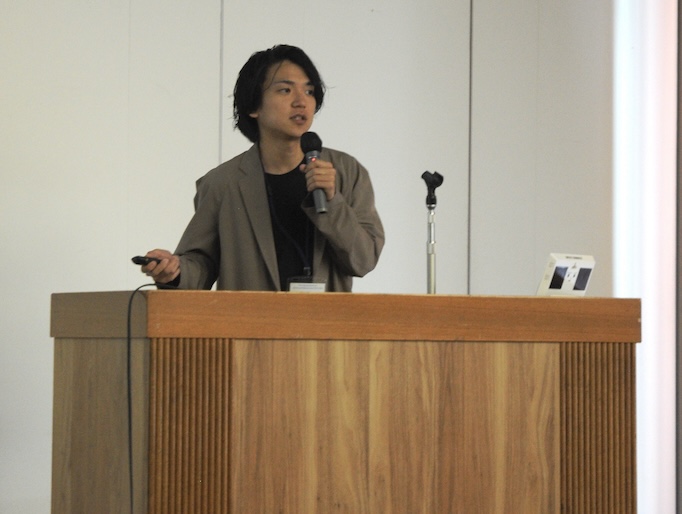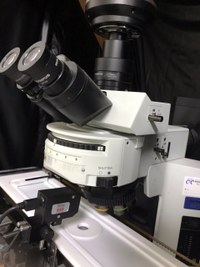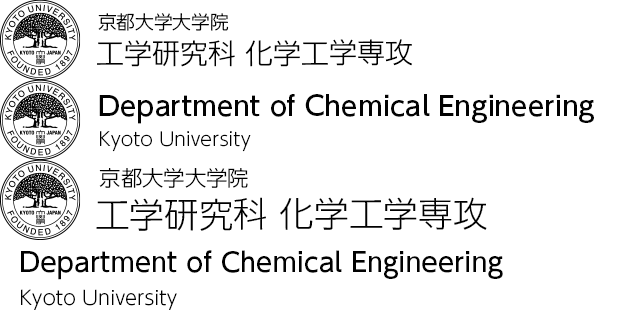Dynamic Interfacial Chemistry
Academic Staff
Cathy E. McNAMEE
Professor (Graduate School of Engineering)

Research field
Colloid and surface chemistry
Research topics
- Effect of non-equilibrium and dynamics on the forces acting between surfaces in liquids
- Design of thin films with the desired physical properties by using dynamic forces
Contacts
Room 222, Bldg. A4, Katsura Campus
TEL: +81-75-383-2635
E-mail: mcnamee.cathy.8r@kyoto-u.ac.jp
Homare ARIMA
Assistant Professor (Graduate School of Engineering)

Research field
Colloid and surface chemistry / Adsorption / Non-equilibrium thermodynamics
Research topics
- Atomic force microscopy for measuring interactions
- Development of a rapid adsorption measurement system
Contacts
Room 226, Bldg. A4, Katsura Campus
TEL: +81-75-383-2675
E-mail: arima@cheme.kyoto-u.ac.jp
Introduction to Research
Many applications used in chemical, pharmaceutical, food, ceramic, mineral and biotechnological industries require colloids (materials that are smaller than approximately 10-6 m) to be dispersed or aggregated in liquids. The forces acting between the colloids determine if the colloids will disperse or aggregate. Changing and controlling the forces in colloidal systems allow us to obtain systems with the desired physical properties.
The manufacture of products often requires processing under non-equilibrium and dynamic conditions, e.g. mixing, concentration changes, chemical reactions. Many produces are also used in dynamic environments, e.g., environments with temperature fluctuations and places where magnetic and electric fields are present. The forces of colloidal systems change when the environment is in a non-equilibrium or dynamic state.
In the McNamee laboratory, we experimentally study how non-equilibrium and dynamics can change the forces acting in colloidal systems. We also aim to:
- find ways to change and control the forces in colloidal systems, in order to change and control the physical properties of those systems.
- use interfacial forces to design and fabricate thin films with the desired physical properties
Research topic 1: Effect of non-equilibrium and dynamics on the forces acting between surfaces in liquids
An Atomic Force Microscope is used to directly study the forces acting between two surfaces in liquids under non-equilibrium and dynamic conditions. Non-equilibrium and dynamic states are achieved by using external stimuli (e.g., audible sounds, electric and magnetic fields) or by mechanical moving the surfaces (e.g. sliding two surfaces to give create friction, vibrating the surfaces). Understanding on how forces change under dynamic and non-equilibrium conditions will allow us to be able to better control the forces acting in the systems and to achieve materials with the desired properties.

Research topic 2: Design of thin films with the desired physical properties by using dynamic forces
We are investigating ways to change and control the physical properties of thin films by using dynamic forces. The films are created using air-liquid or solid-liquid interfaces. The forces in the system are change by modifying the properties of the liquids and by applying external stimuli (e.g., electric and magnetic fields). The aim is to find ways to design and fabricate thin films with the desired physical properties.

